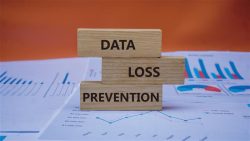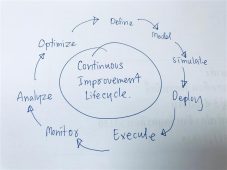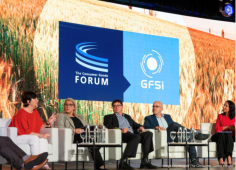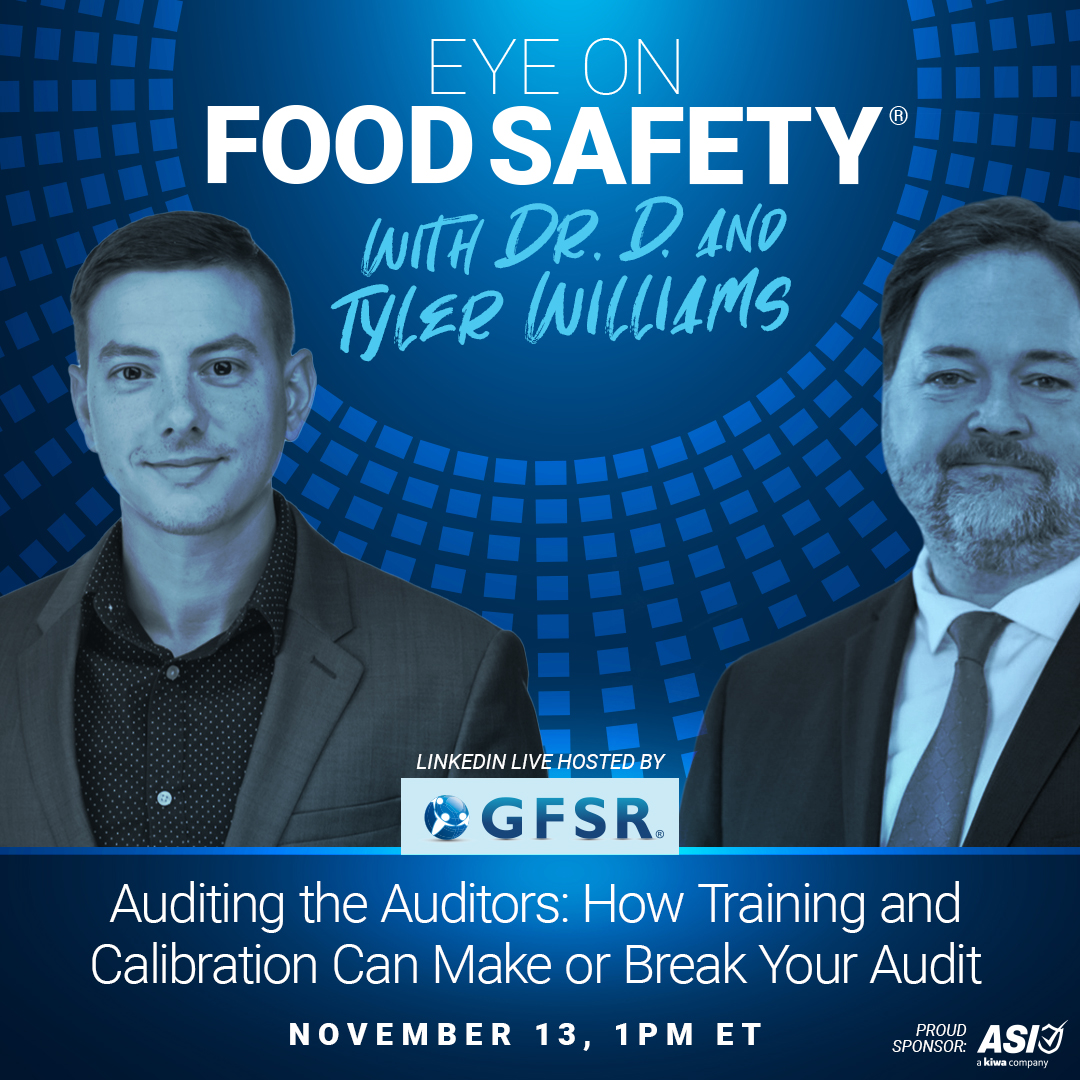Food Safety Under Fire: Are We Solving the Right Problem?
By Jim Rush
The year 2024 was tough for food producers, food processors, food preparers, and food retailers. Several high-profile recalls wreaked havoc on the industry and brought significant hardship to consumers. Well respected brands were tarnished, plants were closed … but that pales in comparison to the number of people who were sickened, hospitalized or who died.
“Over the last few months, we have seen a stunning number of outbreaks, and I know because I have been doing this work since the 1993 Jack in the Box E. coli Outbreak,” said food safety attorney Bill Marler said in a December 2024 press release. “From Salmonella, Listeria and E. coli and foods as varied as cucumbers, deli meat, chicken, carrots, hamburger, onions, lettuce and eggs, it seems that our food safety net is fraying at best and broken at worst.”
Americans’ confidence in the federal government’s ability to ensure the safety of the U.S. food supply has reached a record low. According to polling organization Gallup Inc., 57 percent of U.S. adults say they have a “great deal” or “fair amount” of confidence in the government to keep the food supply safe. That’s the lowest level since the poll began in 1999, and it’s down 11 percentage points from the prior reading in 2019.
A conversation among food safety professionals about the implicit definition of our collective problem is warranted—because how we define the problem determines where we look for solutions.
Some argue that these recalls/outbreaks do not represent a worsening trend but maybe the result of better monitoring, testing, and inspections. But to whatever degree that is accurate, no one can argue we have a problem.
“Regulatory agencies have been bashed around for different reasons, such as USDA on its oversight related to Boar’s Head; FDA on its lack of keeping up on chemical risks and its continuing reorganization; and now, very recently, Canada’s CFIA around Listeria,” said David Acheson in a January 2025 article. He suggests that this should bring more diligence and focus and more testing.
Defining the problem that we are trying to solve
Charles Kettering, head of research at General Motors from 1920-1947, said that a problem well-defined is half solved. The obvious implication is that defining your problem as accurately as possible will determine where people seek solutions.
In a backward sort of way, we might see how the food safety problem is being defined and where solutions are being applied or sought is to look at what interested parties are saying. In a very unsystematic look at popular food safety journals, newsletters and social media posts, four of the most frequently cited topics are:
- Compliance
- Traceability
- Food safety culture
- AI and machine learning
If these are the subtopics in food safety that we are spending time, energy, and money on, as reflected in our literature, then how are we defining the problem?
Collectively, they suggest we think of this as a problem of control and mitigation in the short term, but the real solutions are long-term in nature. Compliance suggests that staying within the guidelines established by regulators or the conditions of our insurance policies will minimize the problem – or at least minimize the consequences – should the problem occur.
Traceability also suggests mitigation. Being able to track the source of the problem or trace forward to where the problem is manifest, will minimize its spread and help detect the conditions in which the problem fomented.
Both food safety culture and technology as areas of interest, by implication, suggest that the problem is not one of today but down the road. Cultures take years to establish and require a significant and consistent amount of leadership energy. And who knows when we will see the benefits of AI?
Are these four topics important to the food safety issue? Without question. Should we be applying effort to each of them? Will that effort help solve the problem? Yes, but only partially.
Defining the food safety problem differently
If we defined the food safety problem as prevention, in addition to mitigation, we might add the following to our list of tasks.
- Pure research. We speculate but don’t know proportionately the vectors of pathogen transmission into and throughout a processing facility. By knowing this, could we apply scarce resources to the most critical vector or the vector that is easiest to control?
- Applied research. The relative efficacy of perimeter control and facility design could be assessed. What mechanisms work best for footwear, wheeled traffic and pallet sanitation? How can employee flow be controlled to ensure that employees are not how pathogens make their way to the food product?
- Encourage the early adoption of promising new technologies for pathogen eradication. The food industry is notoriously slow to adopt solutions that upset what is believed to be tried and true. The list of potentially helpful tech includes cold plasma technology, antimicrobial coatings, use of ultraviolet light (both pulsed and far), and automated and robotic cleaning systems. These hold great promise but have a hard time making it through budgetary controls.
The problem defined – not ‘either/or’ but ‘both/and’
We are not advocating that the problem be redefined to prevention and away from mitigation, rather, that the solution is in both mitigation and prevention. Looking at your current strategies and tactics, what do they say about your definition of the problem? What if you reallocated some of those resources to where you are currently light?
A conversation among food safety professionals about the implicit definition of our collective problem is warranted, and defining the problem as explicitly as possible is critical. Once that’s done, appropriate research, applications, and solutions will follow.
About the Author
Jim Rush is a Managing Director at Clean Beam LLC. Clean Beam designs, manufactures, and integrates sanitation solutions for the food industry. At the heart of Clean Beam’s solutions is UV Light (Pulsed or Far), which makes those solutions dry, safe, and chemical-free.

-
 FeaturedRisk management
The Cost of a Breach: What a Cyberattack Could Mean for Food Safety Recalls
FeaturedRisk management
The Cost of a Breach: What a Cyberattack Could Mean for Food Safety Recalls
-
 FeaturedRisk management
Securing the Food Chain: How ISO/IEC 27001 Strengthens Cybersecurity
FeaturedRisk management
Securing the Food Chain: How ISO/IEC 27001 Strengthens Cybersecurity
-
 FeaturedRisk management
Revolutionizing Food Safety Training: Breaking Out of the “Check-the-Box” Mentality
FeaturedRisk management
Revolutionizing Food Safety Training: Breaking Out of the “Check-the-Box” Mentality
-
 GFSI Standards
GFSI 2025: Building Trust, Tech-Forward Solutions, and Global Unity in Food Safety
GFSI Standards
GFSI 2025: Building Trust, Tech-Forward Solutions, and Global Unity in Food Safety
-
 FeaturedFood Safety
Integrated Pest Management: Strategies to Protect Your Brand’s Reputation
FeaturedFood Safety
Integrated Pest Management: Strategies to Protect Your Brand’s Reputation
-
 FeaturedFood Safety Culture & Training
No Open Door Policy: Challenges That Impact Pest Control in Food Processing Plants
FeaturedFood Safety Culture & Training
No Open Door Policy: Challenges That Impact Pest Control in Food Processing Plants




